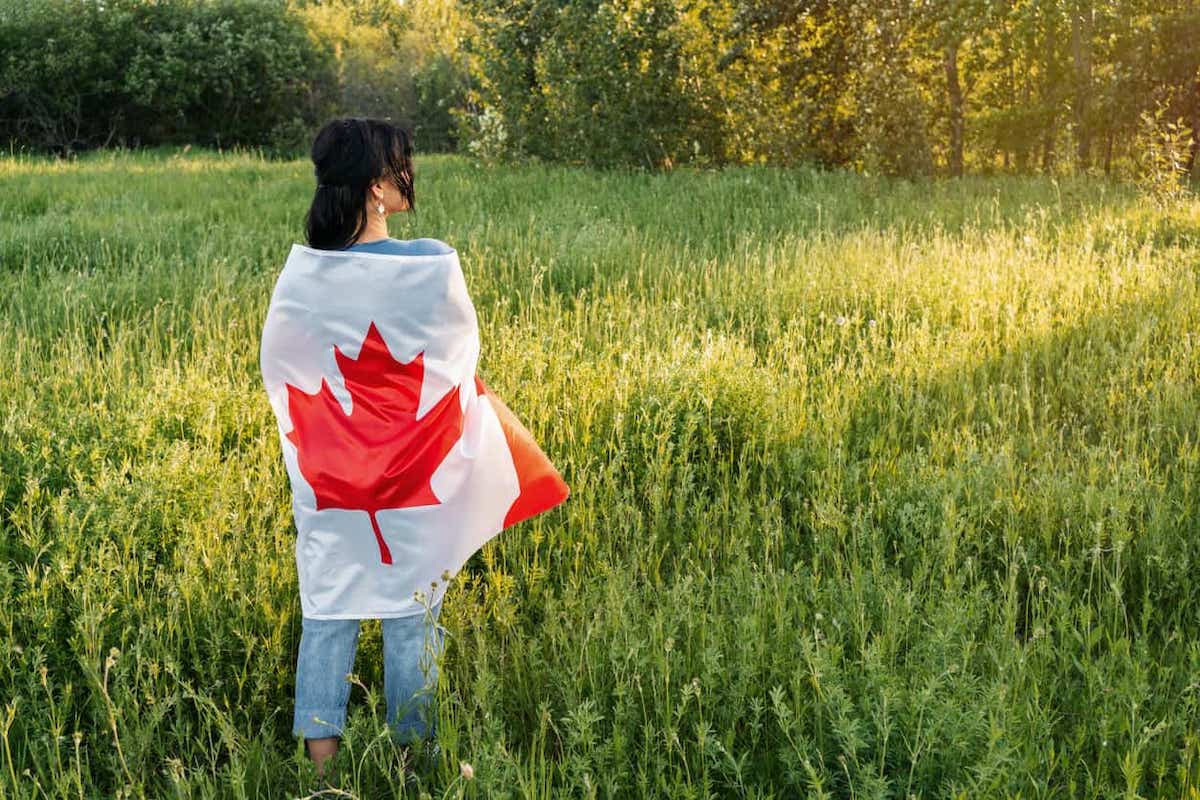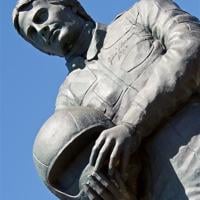EDMONTON – Jake Allen made 31 saves for his second shutout of the season and 26th of his career as the New Jersey Devils closed out their Western Canadian road trip with a 3-0 victory over the Edmonton Oilers on Monday.
Jesper Bratt had a goal and an assist and Stefan Noesen and Timo Meier also scored for the Devils (8-5-2) who have won three of their last four on the heels on a four-game losing skid.
The Oilers (6-6-1) had their modest two-game winning streak snapped.
Calvin Pickard made 13 stops between the pipes for Edmonton.
TAKEAWAYS
Devils: In addition to his goal, Bratt picked up his 12th assist of the young season to give him nine points in his last eight games and now 15 points overall. Nico Hischier remains in the team lead, picking up an assist of his own to give him 16 points for the campaign. He has a point in all but four games this season.
Oilers: Forward Leon Draisaitl was held pointless after recording six points in his previous two games and nine points in his previous four. Draisaitl usually has strong showings against the Devils, coming into the contest with an eight-game point streak against New Jersey and 11 goals in 17 games.
KEY MOMENT
New Jersey took a 2-0 lead on the power play with 3:26 remaining in the second period as Hischier made a nice feed into the slot to Bratt, who wired his third of the season past Pickard.
KEY RETURN?
Oilers star forward and captain Connor McDavid took part in the optional morning skate for the Oilers, leading to hopes that he may be back sooner rather than later. McDavid has been expected to be out for two to three weeks with an ankle injury suffered during the first shift of last Monday’s loss in Columbus.
OILERS DEAL FOR D-MAN
The Oilers have acquired defenceman Ronnie Attard from the Philadelphia Flyers in exchange for defenceman Ben Gleason.
The 6-foot-3 Attard has spent the past three season in the Flyers organization seeing action in 29 career games. The 25-year-old right-shot defender and Western Michigan University grad was originally selected by Philadelphia in the third round of the 2019 NHL Entry Draft. Attard will report to the Oilers’ AHL affiliate in Bakersfield.
UP NEXT
Devils: Host the Montreal Canadiens on Thursday.
Oilers: Host the Vegas Golden Knights on Wednesday.
This report by The Canadian Press was first published Nov. 4, 2024.
























